
|
|
 |
||||||
|
|
|||||||
|
|
|||||||
|
|
|
Index <<
Contact Us <<
|
|
THERE IS A LITTLE TIME TO CHANGE DEVELOPMENT: we must choose together : |
|
° Every day, 6 300 people die from an accident at work or an illness caused by work. ° More than 85% of workers in small enterprises, informal sector, agriculture and migrants worldwide do not have any occupational health coverage ° 244 million migrants in the world, increasing ° 2017 is set to be in top three hottest years, with record-breaking extreme weather ° Today, humanity uses the equivalent of 1.4 planets every year ° Greenhouse gas concentrations surge to new record ° World Bank and WHO: Half the world lacks access to essential health services, 100 million still pushed into extreme poverty because of health expenses every year ° Total expenditure on armaments in 2016 exceeded 1.69 trillion (1,690,000,000,000) dollars. ° Country Profiles of the FAO database ONE POSSIBLE CHOICE: INVESTING FOR THE SUSTAINABLE DEVELOPMENT OF THE GLOBAL FACTORY: SISTEMA AMBIENTE: The only tool capable to develop the environmental accounting integrated with the industrial accounting http://www.sistemaambiente.net/Management.htm 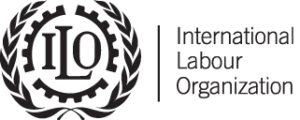 Every 15 seconds, a worker dies from an injury or illness related to the work he or she does. Every 15 seconds, 153 workers are victims of an injury caused by the work they do. Every day, 6 300 people die from an accident at work or a work-related illness - that is, more than 2.3 million deaths each year. Most of the 317 million injuries that are produced each year cause prolonged absences from work. The human cost of this daily threat is very high and it is said that the economic weight of bad health and safety practices at work represents 4% of the gross domestic product each year. The world's leading source on labour statistics °°°°°°°°°°°°°°°°°°°°°°°°°°°°°°°°°°°°°°°°°°°°°°°°°°°°°°°°°°°°°°°°°°°°°°°°°°°°°°°°°°°°°°°° 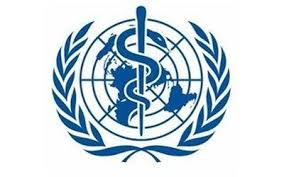
More than 85% of workers in small enterprises, informal sector, agriculture and migrants worldwide do not have any occupational health coverage Certain occupational risks, such as injuries, noise, carcinogenic agents, airborne particles and ergonomic risks account for a substantial part of the burden of chronic diseases: 37% of all cases of back pain, 16% of hearing loss, 13% of chronic obstructive pulmonary disease, 11% of asthma, 8% of injuries, 9% of lung cancer, 2% of leukaemia and 8% of depression. • Annually 12.2 million people, mostly in developing countries, die from noncommunicable diseases while still of active working age. Work-related health problems result in an economic loss of 4–6% of GDP for most countries. About 70% of workers do not have any insurance to compensate them in case of occupational diseases and injuries. Read all °°°°°°°°°°°°°°°°°°°°°°°°°°°°°°°°°°°°°°°°°°°°°°°°°°°°°°°°°°°°°°°°°°°°°°°°°°°°°°°°°°°°°°°° 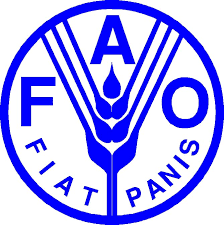
244 million migrants in the world, in 2015 an increase of 40% over 2000 Migration is the movement of people, either within a country or across international borders. It includes all kinds of movements, irrespective of the drivers, duration and voluntary/involuntary nature. It encompasses economic migrants, distress migrants, internally displaced persons (IDPs) refugees and asylum seekers, returnees and people moving for other purposes, including for education and family reunification. Read all °°°°°°°°°°°°°°°°°°°°°°°°°°°°°°°°°°°°°°°°°°°°°°°°°°°°°°°°°°°°°°°°°°°°°°°°°°°°°°°°°°°°°°°° 2017 is set to be in top three hottest years, with record-breaking extreme weather It is very likely that 2017 will be one of the three hottest years on record, with many high-impact events including catastrophic hurricanes and floods, debilitating heatwaves and drought. Long-term indicators of climate change such as increasing carbon dioxide concentrations, sea level rise and ocean acidification continue unabated. Arctic sea ice coverage remains below average and previously stable Antarctic sea ice extent was at or near a record low. Read all °°°°°°°°°°°°°°°°°°°°°°°°°°°°°°°°°°°°°°°°°°°°°°°°°°°°°°°°°°°°°°°°°°°°°°°°°°°°°°°°°°°°°°°° In 2017 to August 2 humanity had already consumed as much as the earth can produce in a year. This means that today Earth is not able to regenerate what we use in a year. This means that we have to change production and consumption patterns. Every year people demand more from nature than it can regenerate. Individuals, communities and government leaders use our data to better manage limited resources, reduce economic risk, and improve well-being.. https://www.footprintnetwork.org/our-work/ On the demand side, the Ecological Footprint measures the ecological assets that a given population requires to produce the natural resources it consumes (including plant-based food and fiber products, livestock and fish products, timber and other forest products, space for urban infrastructure) and to absorb its waste, especially carbon emissions. The Ecological Footprint tracks the use of six categories of productive surface areas: cropland, grazing land, fishing grounds, built-up land, forest area, and carbon demand on land. On the supply side, a city, state or nation’s biocapacity represents the productivity of its ecological assets (including cropland, grazing land, forest land, fishing grounds, and built-up land). These areas, especially if left unharvested, can also absorb much of the waste we generate, especially our carbon emissions. https://www.footprintnetwork.org/content/documents/ecological_footprint_nations/ °°°°°°°°°°°°°°°°°°°°°°°°°°°°°°°°°°°°°°°°°°°°°°°°°°°°°°°°°°°°°°°°°°°°°°°°°°°°°°°°°°°°°°°° Greenhouse gas concentrations surge to new record. Concentrations of carbon dioxide in the atmosphere surged at a record-breaking speed in 2016 to the highest level in 800 000 years, according to the World Meteorological Organization's Greenhouse Gas Bulletin. The abrupt changes in the atmosphere witnessed in the past 70 years are without precedent. Globally averaged concentrations of CO2 reached 403.3 parts per million in 2016, up from 400.00 ppm in 2015 because of a combination of human activities and a strong El Niño event. Concentrations of CO2 are now 145% of pre-industrial (before 1750) levels, according to the Greenhouse Gas Bulletin. Rapidly increasing atmospheric levels of CO2 and other greenhouse gases have the potential to initiate unprecedented changes in climate systems, leading to “severe ecological and economic disruptions,” said the report. . Read all °°°°°°°°°°°°°°°°°°°°°°°°°°°°°°°°°°°°°°°°°°°°°°°°°°°°°°°°°°°°°°°°°°°°°°°°°°°°°°°°°°°°°°°° 
World Bank and WHO: Half the world lacks access to essential health services, 100 million still pushed into extreme poverty because of health expenses every year At least half of the world’s population cannot obtain essential health services, according to a new report from the World Bank and WHO. And each year, large numbers of households are being pushed into poverty because they must pay for health care out of their own pockets. Read all °°°°°°°°°°°°°°°°°°°°°°°°°°°°°°°°°°°°°°°°°°°°°°°°°°°°°°°°°°°°°°°°°°°°°°°°°°°°°°°°°°°°°°°° STOCKHOLM INTERNATIONAL PEACE RESEARCH INSTITUTE: Total expenditure on armaments in 2016 exceeded 1.69 trillion (1,690,000,000,000) dollars. This equates to 2.4% of the World Gross Domestic Product. 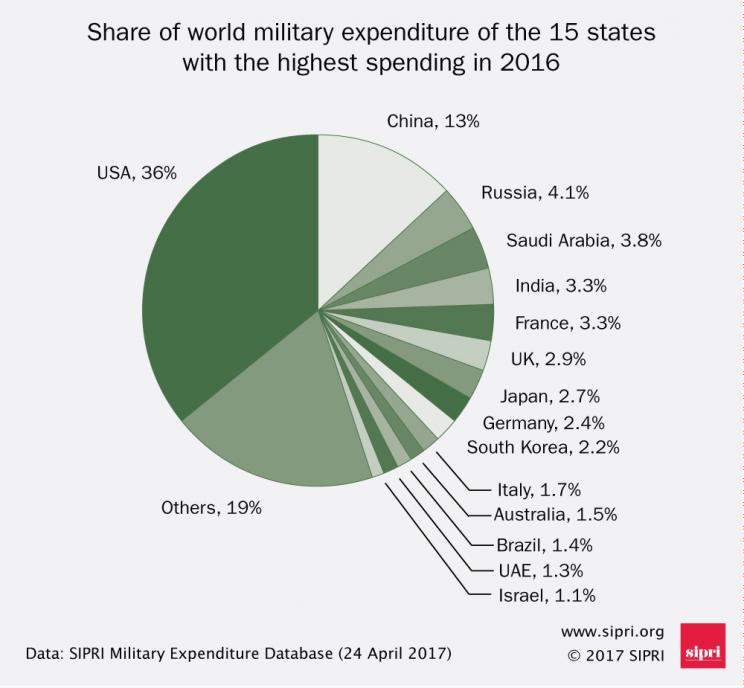
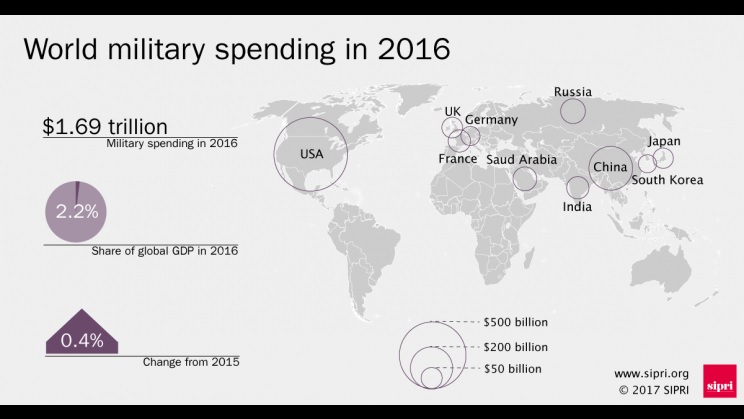
|
||||||||||||||||||||||||||||||||||||||||||||
The mass of exports and imports of armaments in the world between 2012 and 2016
| ||||||||||||||||||||||||||||||||||||||||||||
The nuclear forces in the world in 2016
|
||||||||||||||||||||||||||||||||||||||||||||
|
Lo Stockholm International Peace Research Institute (SIPRI) it is an independent international institute engaged in research on conflicts, armaments, and their control and disarmament. http://www.sipri.org/research/armaments/milex/recent-trends °°°°°°°°°°°°°°°°°°°°°°°°°°°°°°°°°°°°°°°°°°°°°°°°°°°°°°°°°°°°°°°°°°°°°°°°°°°°°°°°°°°°°°°° 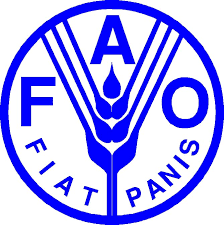
Country Profiles of the FAO database The FAO Country Profiles collects information from the entire FAO website and provides a fast and reliable way to access country-specific information with no need to search through individual databases and systems. It also includes a direct link to the Country website for in-depth information. The FAO Country Profiles |